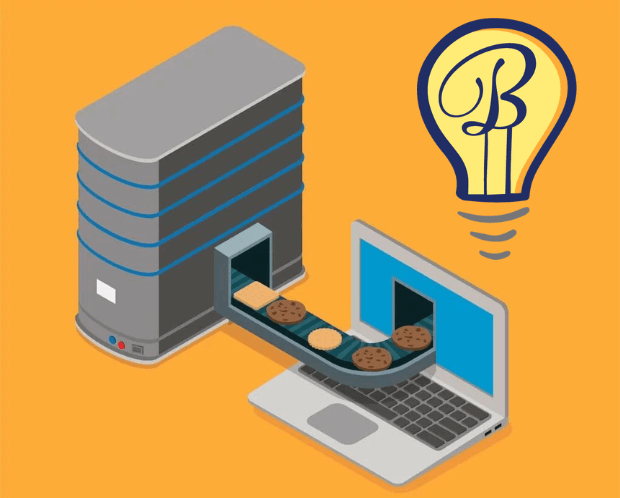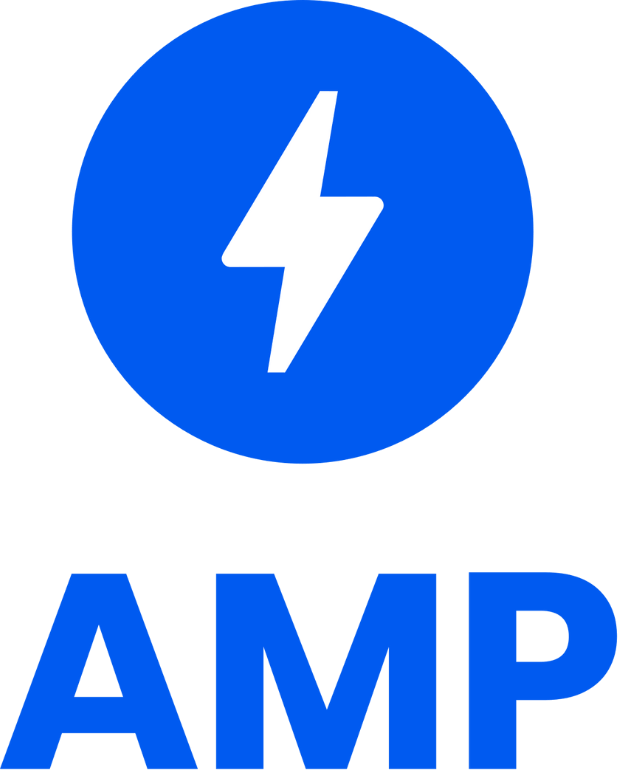Early in our relationship, before we got married, I took my girlfriend to Baltimore for a weekend getaway. It was in the winter and a thick gray sky covered the brick and stone city like a wet blanket.
We took Amtrak into the city, and it was a short walk from the train station to the hotel. Once we got everything up to the room, we were starving for a nice breakfast. I asked the lady at the desk where a nice restaurant was, and she drew us a map to a place with chicken and waffles.
Outside we went again, into the wet chill of the morning, looking for chicken and waffles. The further we walked, the more it became obvious that the hotel lady was awful at maps; and we found ourselves lost, wet, cold, and hungry.
This is when I learned that my girlfriend gets hangry.
“We have about ten minutes to find this place before I lose it,” she said in between sniffles. At this point, we still had that new relationship smell; and I wasn’t going to let a poorly drawn map ruin my weekend.
I had a shiny new business phone in my pocket that I hoped would make me look like a hero to her. “Hey Google,” the little phone lit a little swirly ball to let me know it was listening. “Find Breakfast.”
The phone pulled up several places. The top result was a place featured on the Food Channel for its chicken and waffles. They had a Google Business page that included a link to Google maps. I hit the link, picked walking directions and street view. I could follow the pictures of the buildings on the phone as we walked by them. The phone gave voice directions as we went, and I realized that a guy would have to be really stupid to get lost with something like this in his pocket.
We found the restaurant, and we had the best breakfast I have eaten in a long time.
This story’s happy ending is brought to you by Search Engine Marketing (SEM). Search Engine Marketing, which involves the promotion of websites and other information through Search Engine Results (SERP) pages, is what businesses use to help generate leads and ultimately sales. Search Engines offer free services to public and generate their money in advertising revenue.
Search Engine Optimization (SEO) works with SEM in that it ensures the website is not only readable by the search engine but is also effective. SEO determines how the results are displayed by using the latest code supported by the search engines.
Currently, this is achieved through the use of meta tags, snippets, and keywords.
The chicken and waffle place was very effective when it came SEM, because someone very carefully setup their SEO. By entering their business into google maps, they were able to take advantage of Google’s location based search services. They had an effective Google Business page that came up in the search results that provided pictures of the dining room and the food. This is where they added the information about being featured on the food network.
SEM achieves results through the use of advertising. Search Engines make their money by using an advertising system that works through an auction system. Businesses use their marketing platforms to pay for advertising space at the top of the SERP. It’s an auction system, so the more you are willing to pay for the click, the more likely your ad will be displayed at the top of the page.
All of this information, the pretty pictures, the map program cheerfully navigating me through the city, and the threat of my girlfriend having a hangry meltdown, led me past dozens of places to eat to the chicken and waffle place.
The beauty of SEM is that it works for you all the time attracting leads, and can be something you do better than your competitors.









